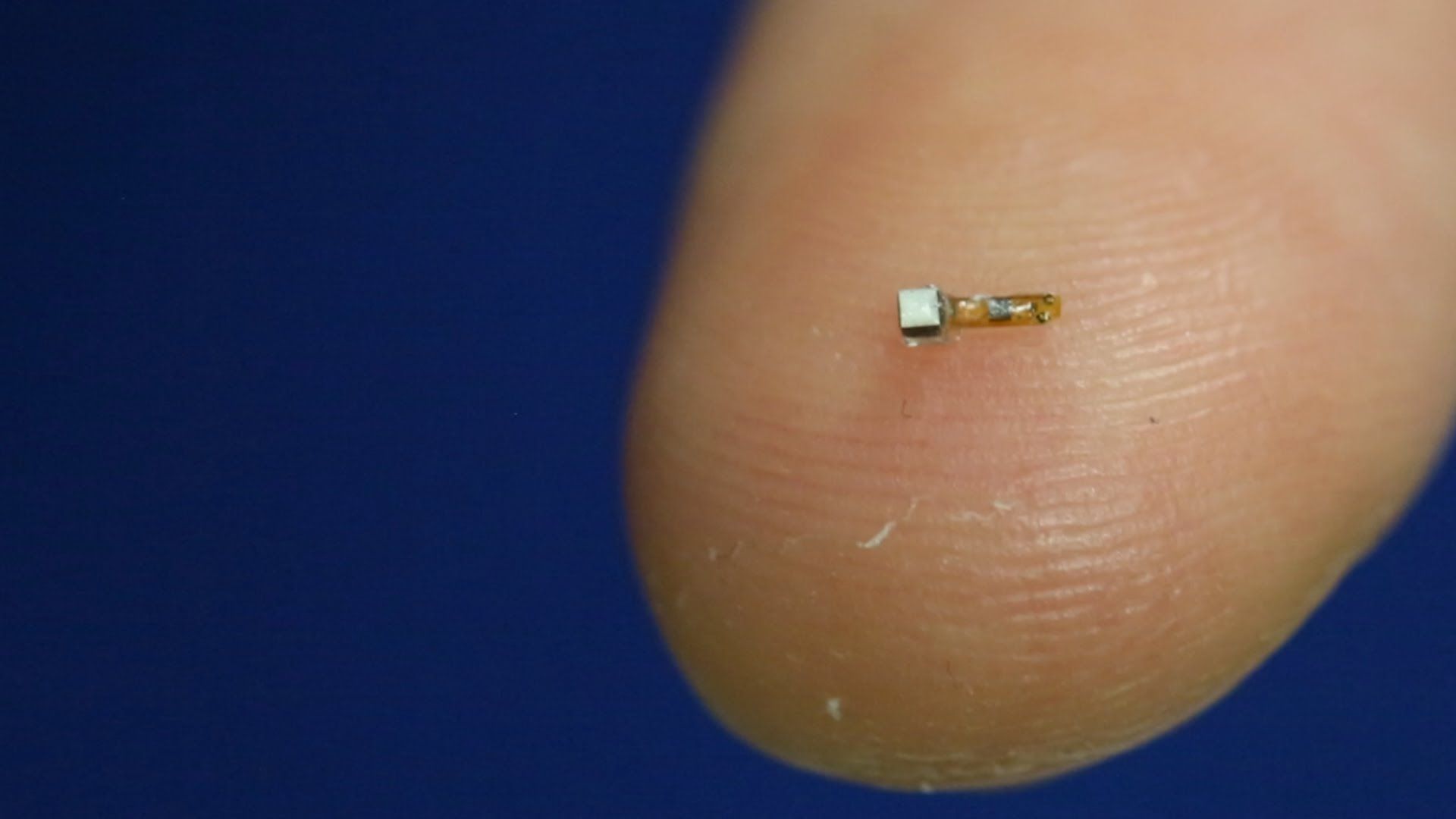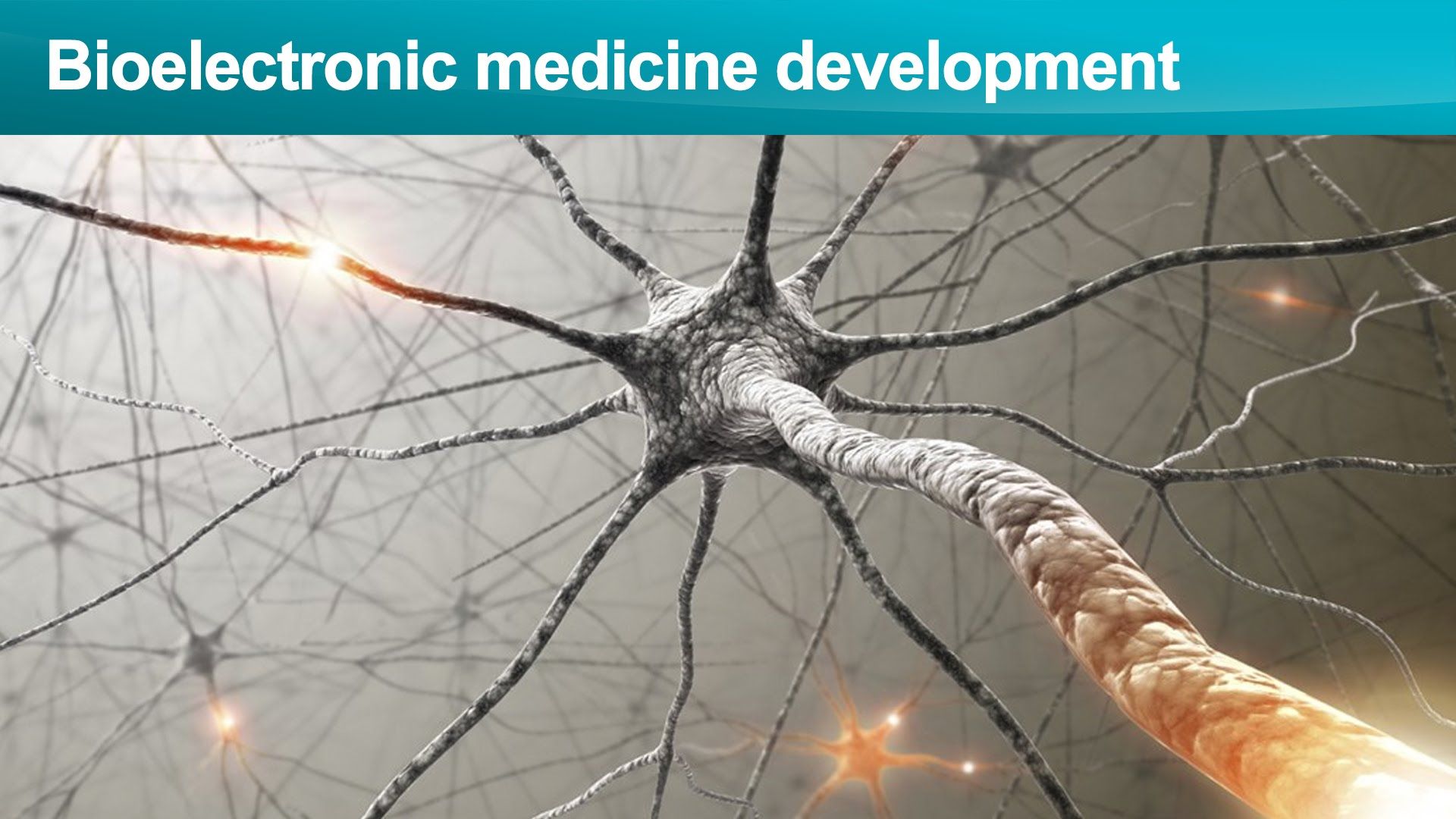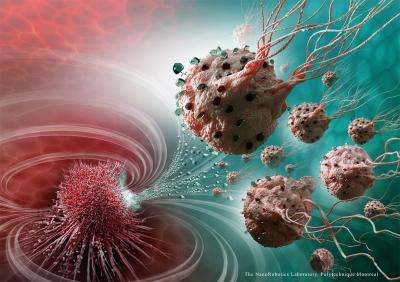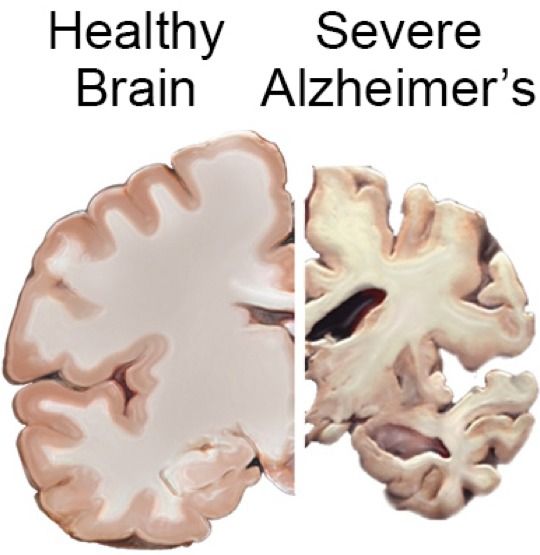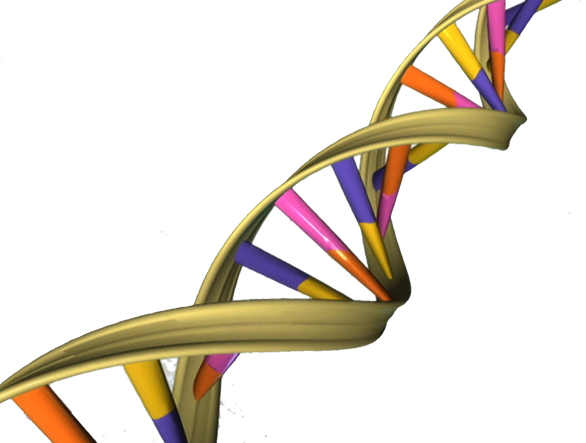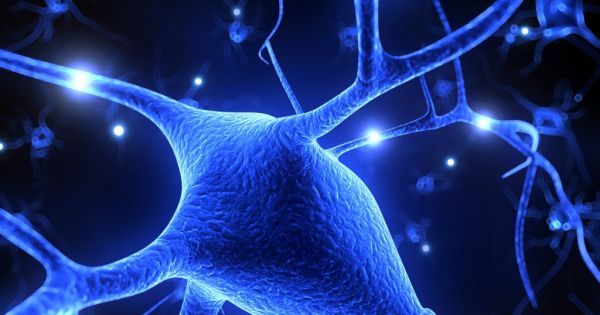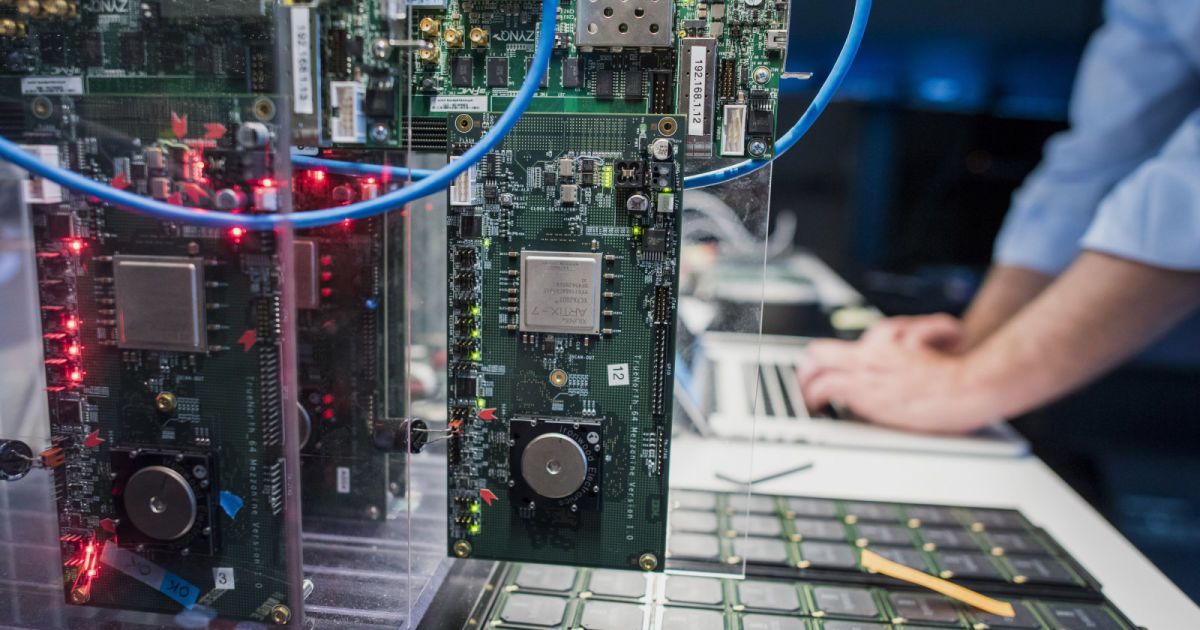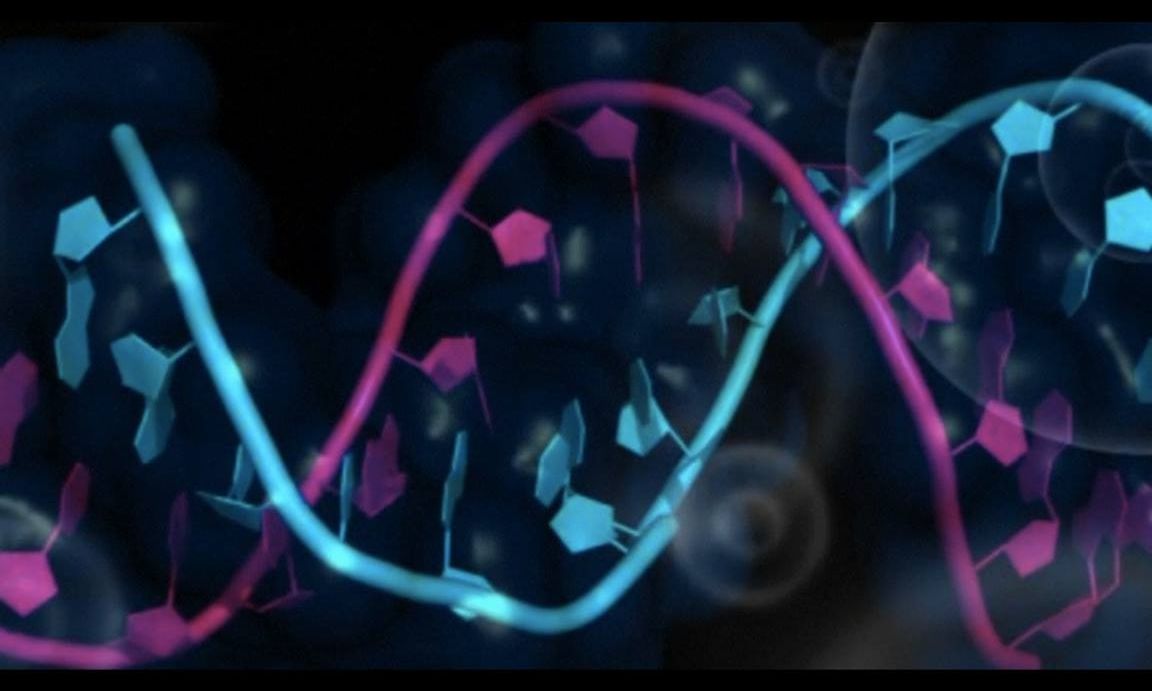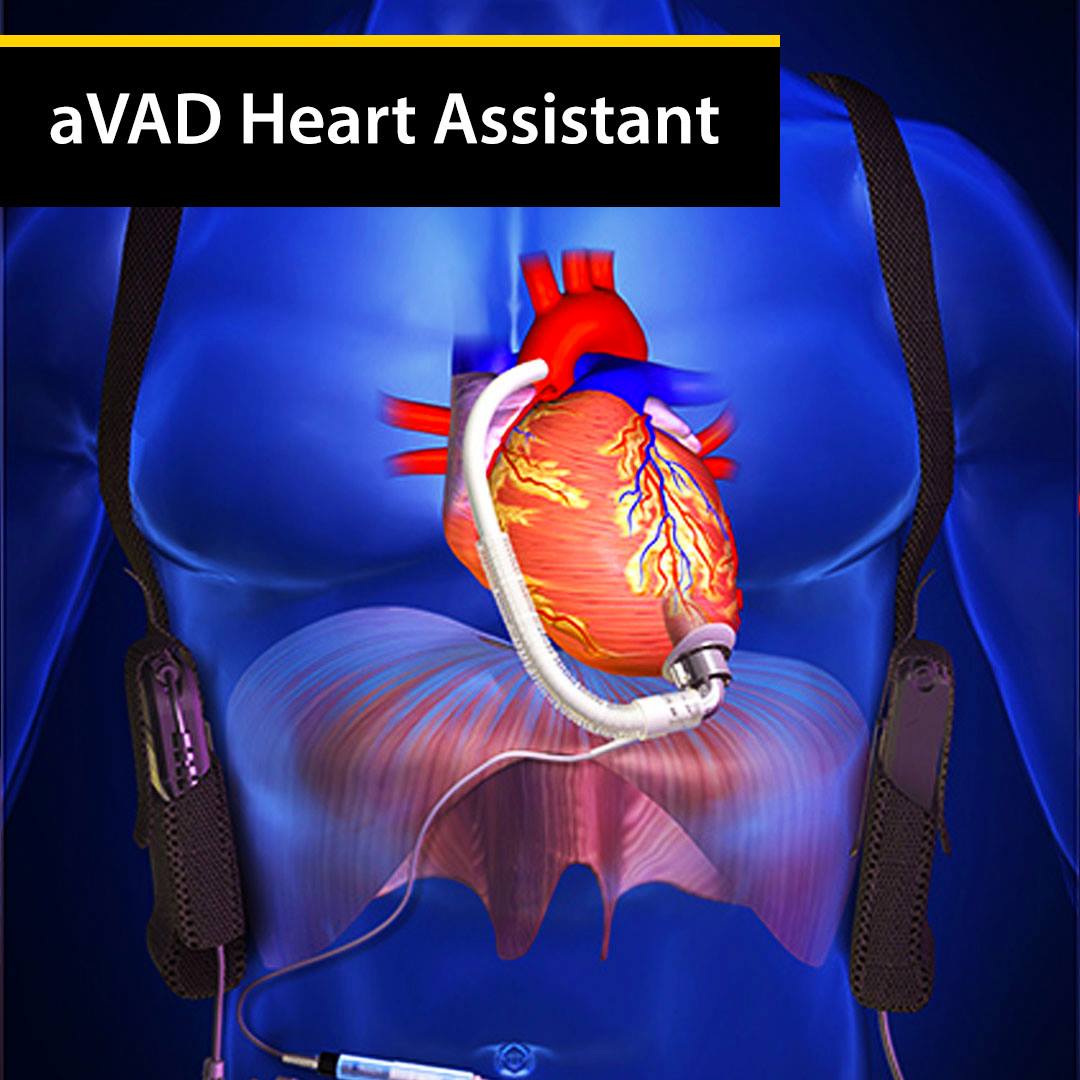Engineers at the University of California, Berkeley have created the very first dust-sized wireless sensors that may be implanted within the body. This is bringing technology closer to the day that technologies such as the Fitbit will be able to monitor internal nerves, muscles and organs all in real time.
These devices do not require batteries and may also be able to stimulate nerves and muscles opening up doors for electroceuticals to treat disorders including epilepsy and stimulate the immune system or lower inflammation.
The neural dust is implanted in the muscles and peripheral nerves of rats and is unique due to its use of ultrasound. It holds the ability to both power and read measurements. Ultrasound technology is already very thoroughly developed for the care of hospice patients and ultrasound vibrations are able to penetrate just about everywhere within the human body making them much more useful than radio waves.
